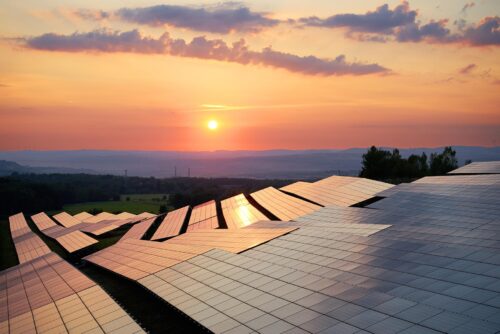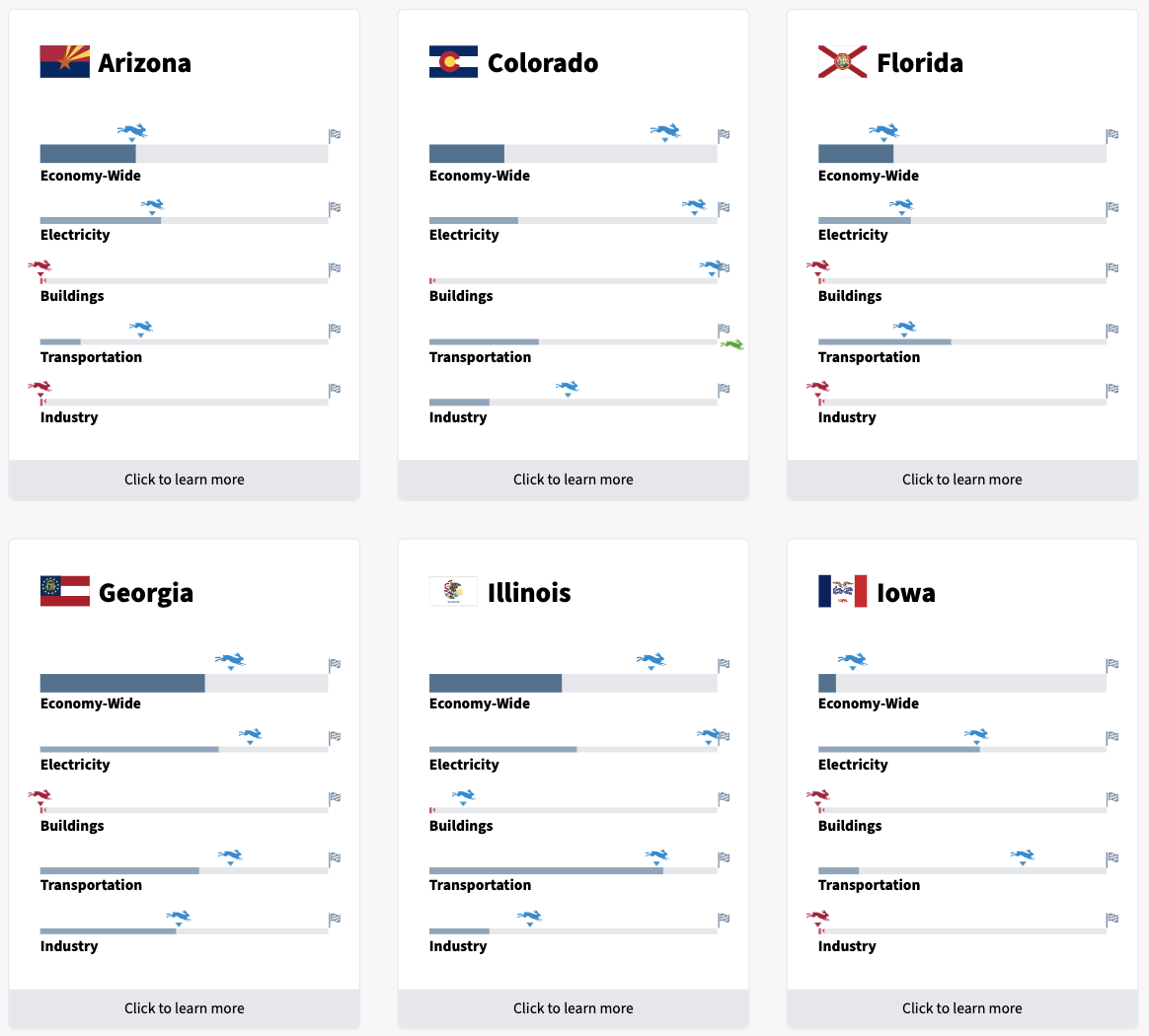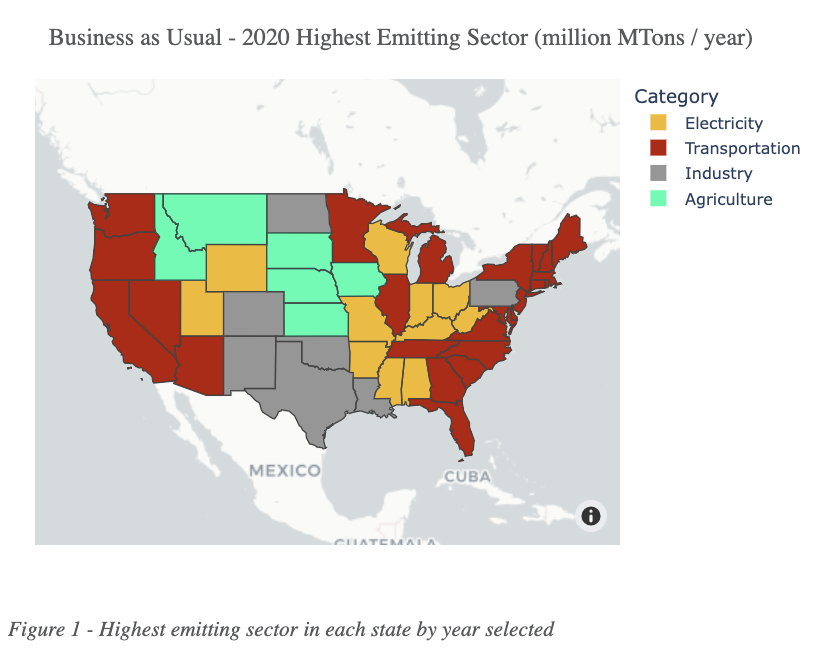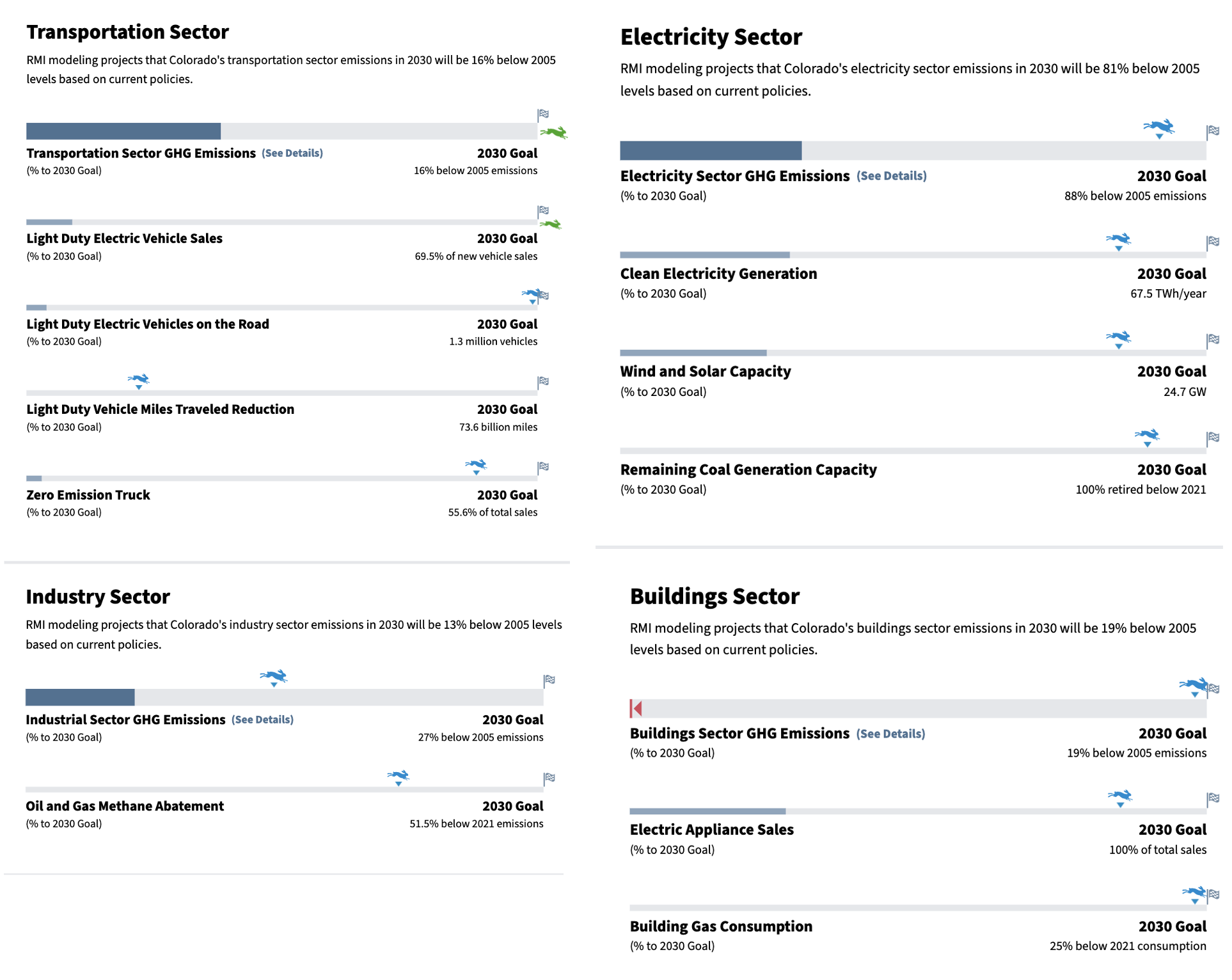
The State of State Climate Action: Updated Scorecards Tracking Progress to 2030
US climate policy continues to advance at the state level. But which states are leading the way?
Across the United States, critical climate policies are advancing at the state level. Recent legislative actions in Maryland set an ambitious clean energy target, Massachusetts created a green bank for housing, Minnesota set binding transportation emissions standards, and Colorado passed an innovative industry package. These are just some of the latest examples of the crucial role states play: as innovators — developing and implementing cutting-edge climate policies; as example setters — setting the pace for the federal government and beyond; and as on-the-ground implementers — putting into place concrete policies to reduce emissions.
Now more than ever, states have an increasingly important role to play in driving US decarbonization. In this “IRA era,” with potentially billions of federal dollars flowing to states from the Inflation Reduction Act (IRA), Infrastructure Investment and Jobs Act (IIJA), CHIPS, and more, states are uniquely positioned to take advantage of opportunities and maximize benefits for state residents and businesses.
But how far has state action gotten us? And how can states focus their action going forward to secure the greatest benefits? Newly released data dashboards and state scorecards for 20 states, made possible with generous funding from Bloomberg Philanthropies and Rockefeller Brothers Fund, provide some answers and tools.
Want to learn more about our state-level work? Join our webinar on July 19th.
What the Scorecards Show: How state progress to date illuminates the path to 2030 climate goals.
The scorecards reveal the wide range of progress projected across states. Importantly, this scorecard does not evaluate whether states are achieving legislated targets, but instead represents benchmarks that, if done collectively, would allow the United States to be on track to achieving 2030 and 2050 NDC targets.
A variety of factors are driving the projected emissions reductions:
- Economy-wide policies in leader states: Washington, New York, Massachusetts, and Colorado are leading the charge with comprehensive, economy-wide climate coverage. Washington has a carbon pricing program, and Colorado recently passed a slew of tax credits to accelerate the uptake of clean technologies across sectors. Washington’s current policies put its entire economy on track to reduce emissions to levels lower than those defined by an NDC policy package. However, more work is needed to achieve the states’ more ambitious binding targets.
- Innovative sector-specific policies: While clean electricity standards for the electricity sector and zero-emissions vehicles standards for the transportation sector could drive the transition to clean technologies on a climate-aligned timeline, there are no corresponding policies for building and industry. In these sectors, some innovative policies from leaders stand above the rest. For example, New York has innovative building performance standards and the major city policy, Local Law 97, is a major driver of near-term building emissions reductions. Different approaches are needed for industry depending on facility types, and much of this policy still needs to be written. However, some states are demonstrating leadership, such as Colorado, which is incentivizing the use of clean hydrogen in high-impact industrial end uses.
- Market drivers: Even states that have minimal climate policy on the books still see progress from the 2005 baseline driven by early coal retirements, EV adoption, and heat pump uptake, for example.
- Foundational climate policies: Renewable portfolio standards, clean electricity standards, zero-emissions vehicle standards like the updated Advanced Clean Cars (I and II) and Advanced Clean Trucks standards, and building codes provide a foundation for most state emissions reductions.
What We Did: How we assessed progress across 20 states

Scorecards: RMI’s updated State Climate Scorecards provide two main indicators of climate progress: (1) how far current policy gets to 2030 climate targets that achieve the US Nationally Determined Contribution under the Paris Agreement (what we’ll call the “NDC-aligned scenario”), and (2) how close current emissions are to these 2030 NDC-aligned levels.
To create the scorecards, RMI partnered with Climate XChange to collect and review every major state climate policy passed before June 2023 for 20 states. We chose this group of states to provide a diversity of industries, geographic location, and political makeup, while focusing on states with significant emissions. We used the state-specific Energy Policy Simulator (EPS) models, an open-source data tool co-developed by Energy Innovation and RMI, to quantify the impact of current policies in 2030. We then compared 2030 emissions from the current policy scenario with the state’s emissions in 2005, a common emissions benchmark year for climate targets, and an NDC-aligned scenario based on a policy package that achieves US climate targets.
Dashboard: Alongside the scorecards, RMI’s new dashboard gives users insight into different policy pathways for (1) individual states, (2) groups of states, and (3) sectors within these states.
RMI worked with Sustainable Solutions Group to build a dashboard that allows users to explore EPS results for all lower 48 states across three scenarios: if they conducted “Business as Usual”; if they incorporated “Five Major Policies”; and if they were aligned on an “NDC Pathway.” In addition, we include the “Current Policy” scenario for 20 states. The dashboard includes state-comparison and state-specific visualizations, allowing users to dive into the major drivers of emissions over the next 30 years.
The data sources underlying the models are open source, and the detailed methodology is available here.
What’s Next: How states can use the state scorecards and other existing tools to target solution deployment
Deep, economy-wide decarbonization by 2050 demands a detailed understanding of each sector’s infrastructure, technology, costs, intersectoral dynamics, and other challenges. The good news is that there is an abundance of research, data, tools, and solutions to support effective state climate policy.
Tools to Support Effective State Climate Policy
- State Scorecards: Understand the projected impact of current policies and identify the sectors and subsectors that have emissions reduction gaps.
- State Policy Data Dashboard: Explore trends across all lower 48 states for several different policy scenarios to understand the core drivers of emissions in each sector and compare trends across states.
- State Energy Policy Simulators: Use these free, open-source tools to model a wide range of state climate policies and visualize their combined impacts on emissions, public health, employment, and economic growth for each of the lower 48 US states.
- Climate XChange State Policy Dashboard: Explore current climate policies across all 50 states and seven distinct policy areas.
In addition to tracking progress at the economy-wide and sector levels, the state scorecards show which sub-sector level metrics across states are the furthest behind when it comes to meeting NDC-alignment.
We find that, across the country, states are furthest behind in meeting 2030 NDC-Aligned targets for gas consumption in buildings, oil and gas methane abatement, and zero-emissions trucks. States that are falling behind on specific metrics can look to states successfully addressing them for effective strategies.
Reduction in building gas consumption: States struggling with gas consumption in buildings would benefit from enacting policies to advance appliance electrification and efficiency upgrades, such as building performance standards and building codes. They could also take advantage of rebate programs and IRA tax credits.
Oil and gas methane abatement: States that are behind in this metric could look to states such as Colorado, which leads the country with an estimated 65 percent of the way to an NDC-aligned goal in 2030. It has recently adopted rules to increase inspections and repairs of leaky oil and gas production equipment and set an intensity target requiring oil and gas operators to reduce emissions by set percentages.
Zero-emissions trucks: States that want to address this subsector could adopt Advanced Clean Trucks, a policy requiring increased sales of zero-emissions trucks, and take advantage of federal funding, such as the commercial clean vehicles tax credit and the Clean Heavy-Duty Vehicles program from the IRA.
To achieve climate alignment, states will need to understand their trajectories, identify the biggest gaps, craft policies to effectively target these gaps, and rapidly implement plans while navigating bottlenecks. Knowledge transfer between states, federal agencies, industry leaders, and NGOs will be critical — individual states should not be expected to tackle these challenges alone.
As states advance climate policy, a few key principles will be critical for effective deployment.
- Deploy known solutions: Many states have made tremendous progress in implementing effective policies to drive emissions reductions, providing an example for others to follow. These policies are most effective when they drive the deployment of scalable and proven clean technologies.
- Leverage key accelerants: The IRA, IIJA, and other recent federal investments present a unique opportunity for states to significantly enhance their capacity to enact robust climate policies.
- Proactively address bottlenecks: The state government’s role is not just about setting ambitious targets and policies, but also enabling the environment to successfully implement them — deploying the needed workforce, supply chain, infrastructure, and consumer awareness to effectively implement policies.
- Leverage broad benefits to advance progress further: The energy transition will create opportunities for a wide range of economic, security, and health benefits. As innovations and technology ramp up to support the transition, states will become hot spots and hubs for economic and infrastructural development.
The United States is on the cusp of climate alignment
We have the solutions — the technologies needed to achieve 2030 alignment are mature, economic, and proven.
We have the strategies — a huge body of work has been developed to provide pathways and analysis to help inform decision-makers, including the RMI Scorecards, Data Dashboard, State Energy Policy Simulators, and the Climate XChange State Climate Policy Tracker.
We have the accelerants — federal policies provide states with hundreds of billions of dollars in targeted investments to jump-start the energy transition in every sector and subsector.
We have leadership – states across the nation are pulling together innovative policy packages, testing new ideas, and making bold commitments to drive down emissions.
Now is the time for all states to lean in to deploy and scale the transformational policies and technologies that will drive down emissions in the decisive decade.

